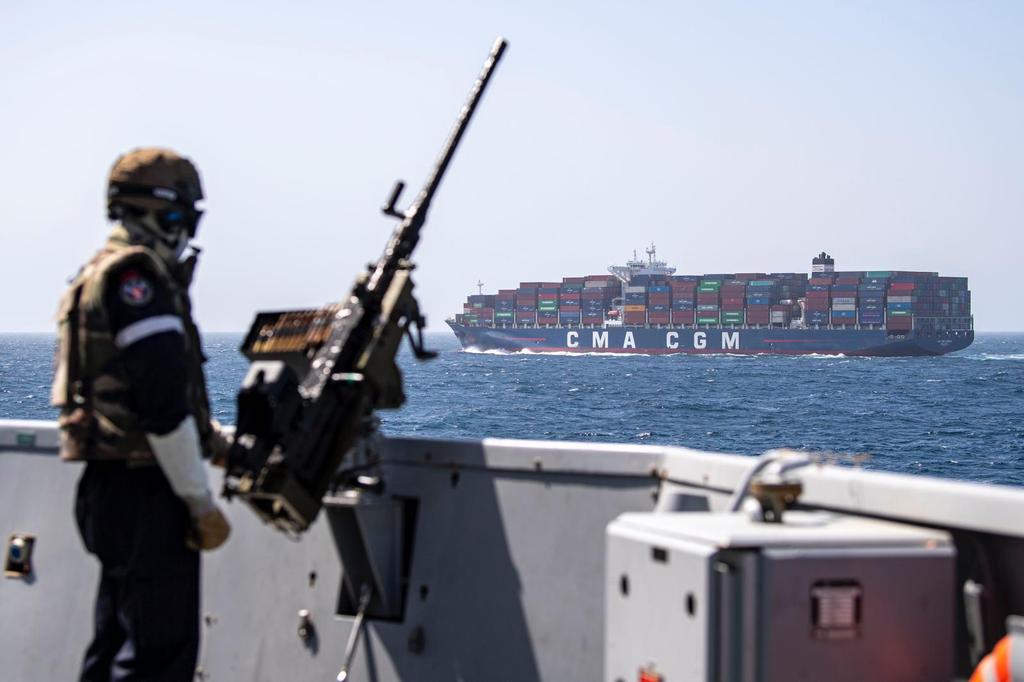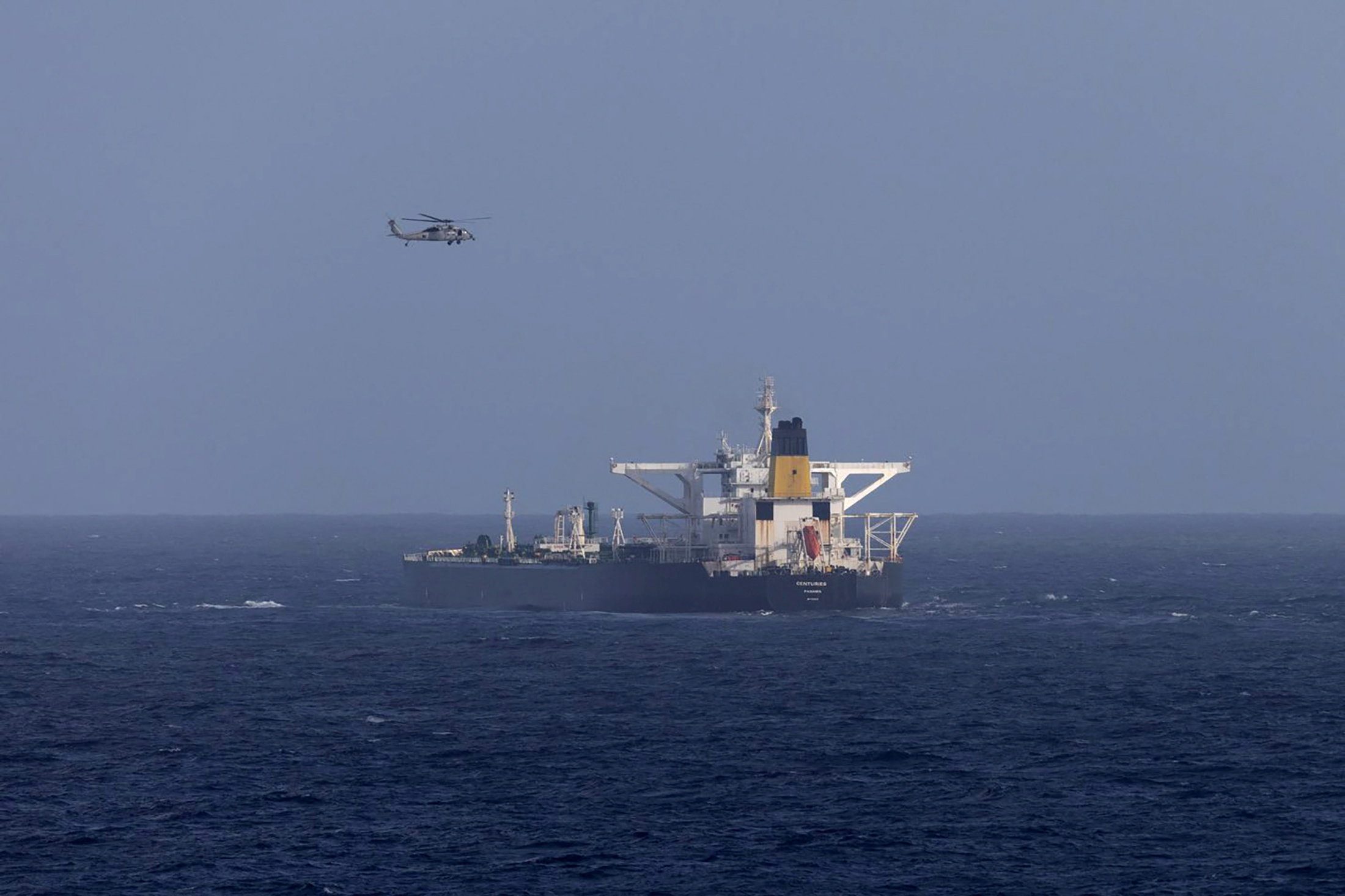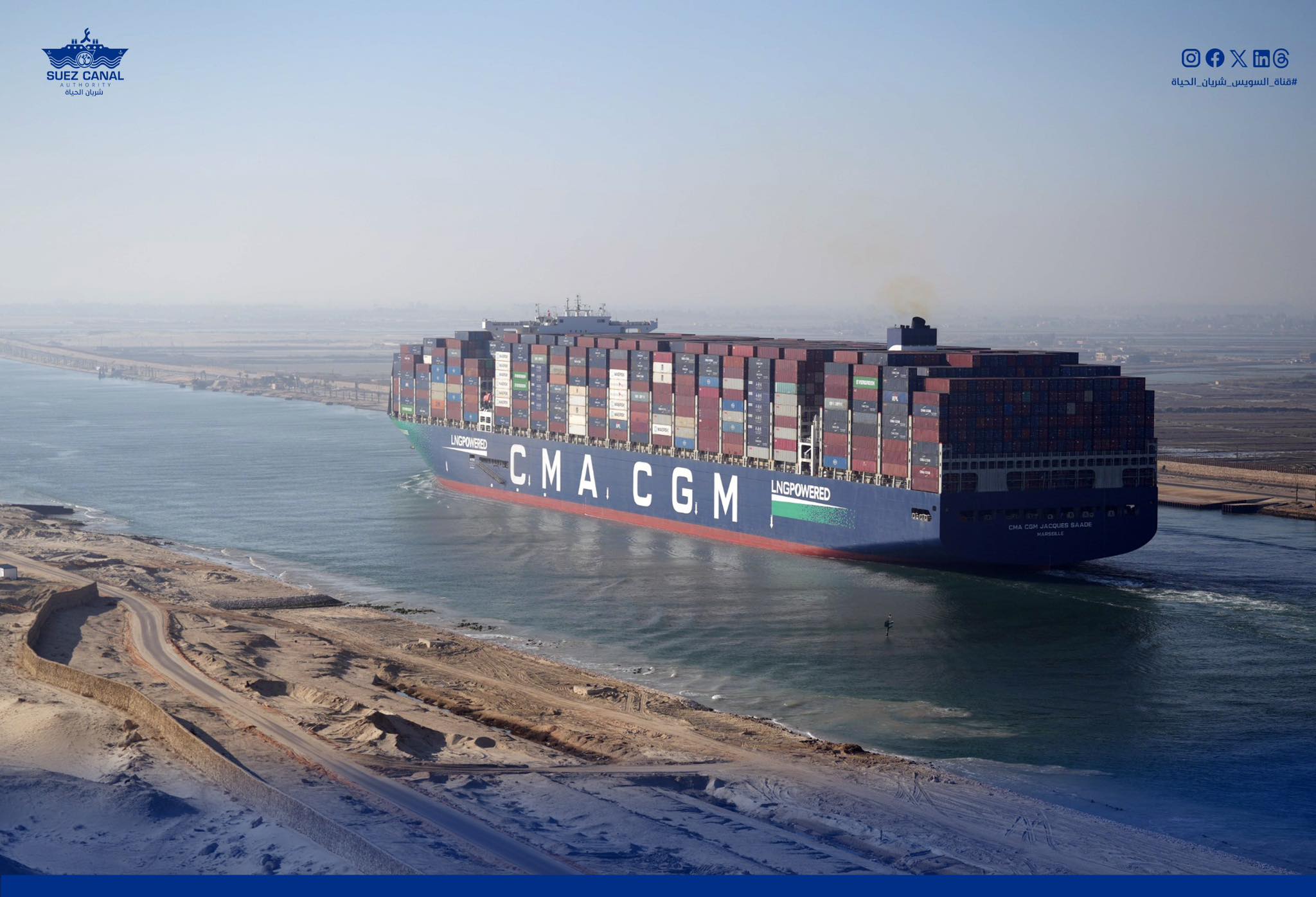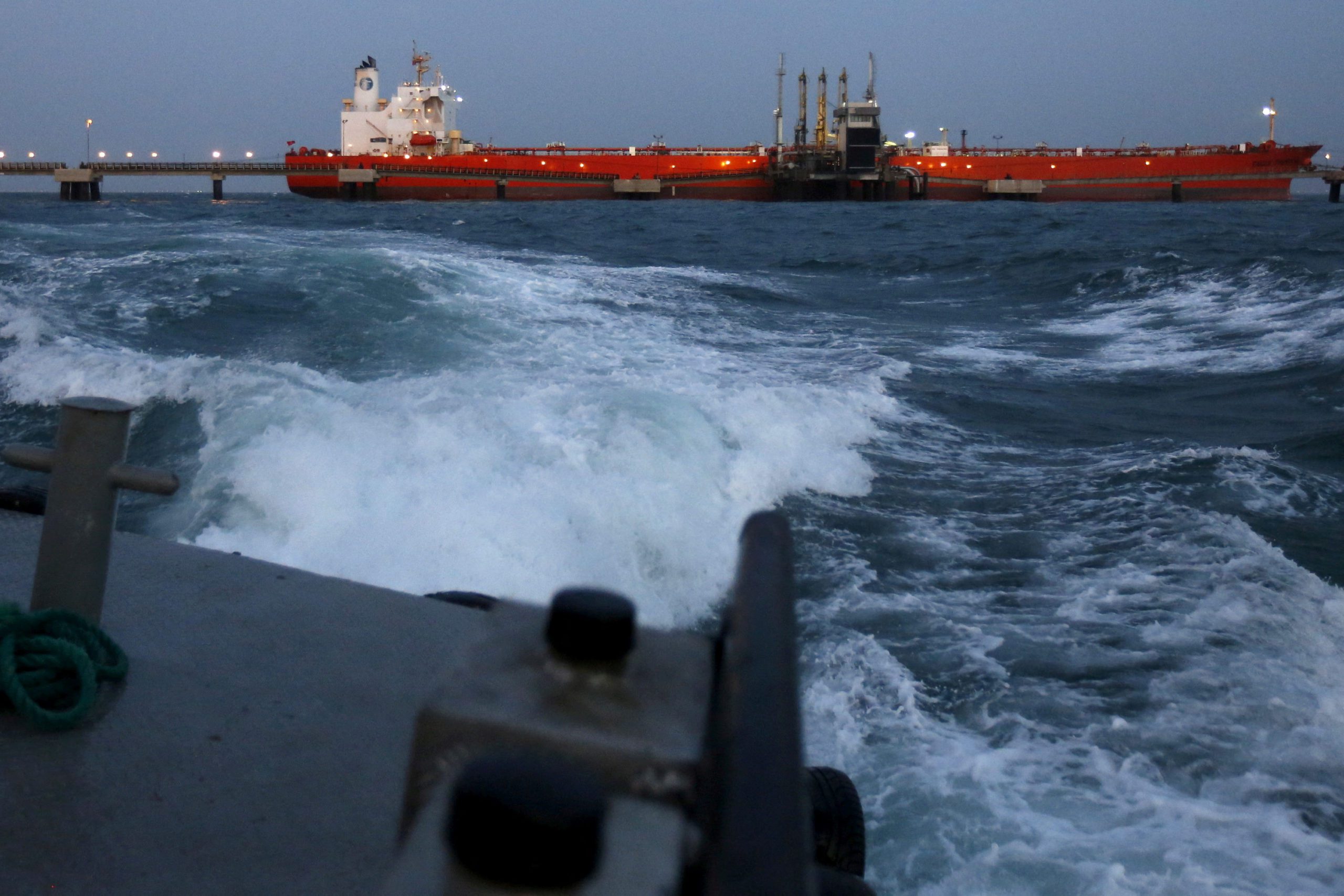A recent ceasefire agreement between the U.S. and Yemen’s Houthi militia has raised questions about the potential impact on global shipping rates, with industry experts warning of possible more market disruption if vessels return to Red Sea routes.
According to data from Xeneta, the ocean and air freight intelligence platform, a large-scale return of container shipping to the Red Sea and Suez Canal could trigger a 6% decrease in global TEU-mile demand, compared to current routes around the Cape of Good Hope. This projection assumes a 1% growth in global container shipping demand for 2025.
The crisis impact on freight rates has been significant, with current spot rates showing substantial increases compared to pre-crisis levels. Rates from the Far East to North Europe and Mediterranean have risen by 39% and 68% respectively, while routes to the U.S. East and West Coast have seen increases of 49% and 59%.
Peter Sand, Xeneta’s Chief Analyst, warns that a return to Red Sea routes could flood the market with capacity, potentially causing a dramatic collapse in freight rates. This situation could be further exacerbated by a slowdown in U.S. imports due to tariffs.
“Of all the geo-political disruptions impacting ocean container shipping in 2025, conflict in the Red Sea continues to cast the longest shadow, so any meaningful return to the region would have massive consequences,” said Sand.
Combined with a continued slowdown in imports into the U.S. due to tariffs will make the collapse “even harder and even more dramatic,” said Sand.
Despite President Trump’s announcement of the U.S. halting bombing operations against the Houthis, who agreed to stop attacking U.S. ships, the situation remains complex. The Houthis have explicitly stated that the ceasefire deal does not extend to Israel, suggesting that shipping disruptions may continue.
The complexity of returning to normal operations cannot be understated. Despite a ceasefire plan between Israel and Hamas announced in February, there has been no increase in transits through the Bab el-Mandeb Strait or the Suez Canal in 2025. Carriers and insurance companies require strong assurances regarding the safety of crew, ships, and cargo before considering a return to these routes.
The maritime industry remains cautious about restoring schedules through the Suez Canal, given the risk of having to revert to Cape of Good Hope diversions if the situation deteriorates. The previous implementation of these diversions in early 2024 caused significant disruption to global maritime supply chains, a scenario that carriers and shippers are keen to avoid repeating.

 Join The Club
Join The Club











